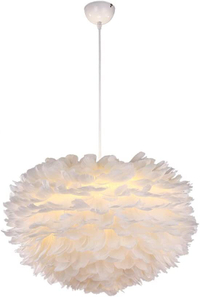How do you make a small dining room look bigger? 10 foolproof tricks to make tiny spaces feel spacious
Make a small dining room look bigger with these tried and tested tricks, all approved by our favorite interior designers
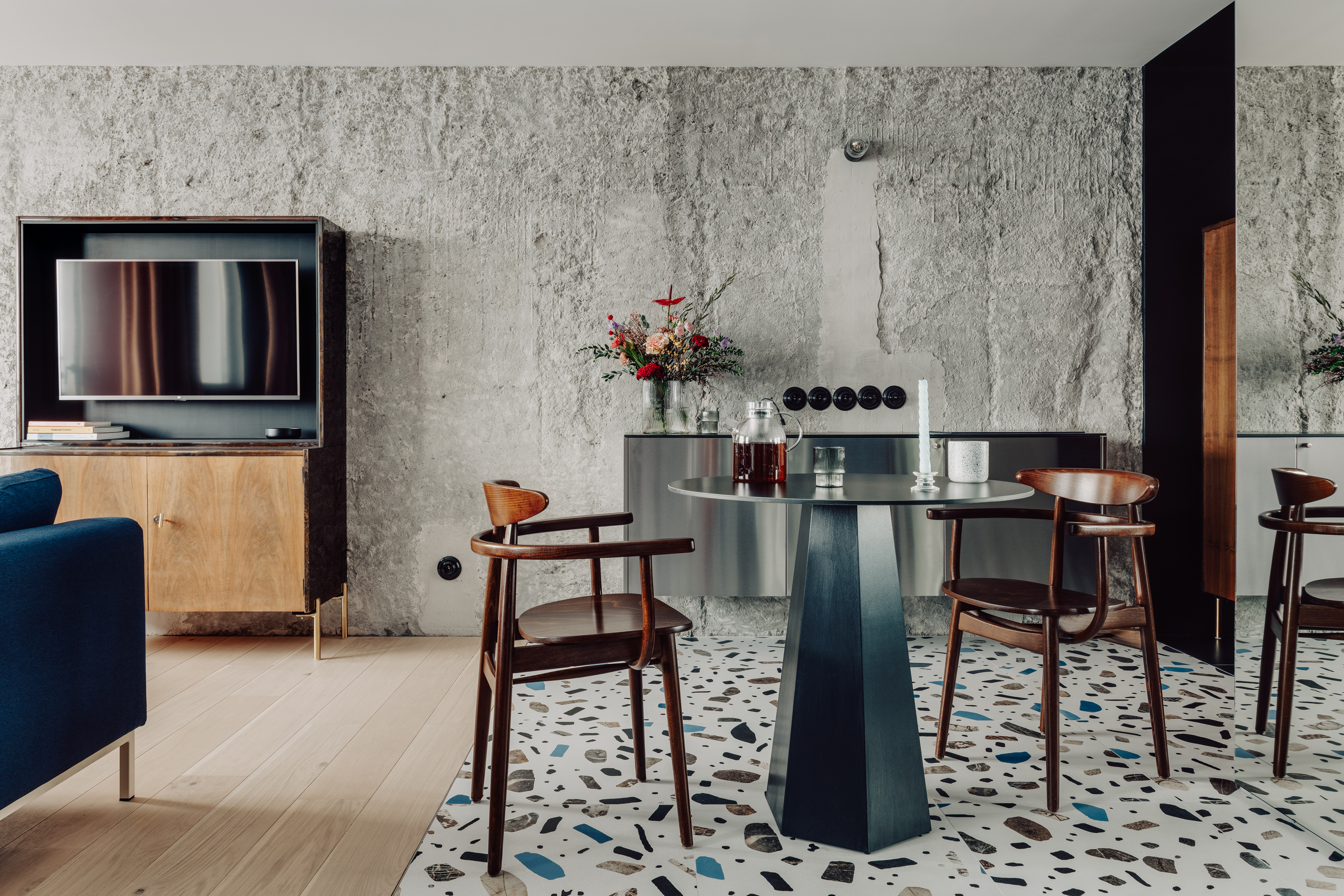

If you're worried about making a small dining room look bigger, think no further. There are several ways to make this an inviting space using our expert-recommended, no-fail design tips and tricks.
While you may not be able to change the dimensions of the given room (unless, of course, if you're planning to gut the house for a new layout), you can make the best of what already exists. Thankfully, you don't need to break down any walls to expand this very important space.
Use these smart dining room ideas, and make it dinner-party-ready in no time.

Aditi is a homes writer and editor with several years of experience. Her articles, backed by expert insights, offer suggestions aimed at helping readers make the best home design choices. For this article, she spoke to leading designers to understand how to make a small dining room look bigger.
10 clever ways to make a small dining room look bigger
We reached out to top experts from the industry to learn ways to make this a welcoming space that you will be proud to entertain in. By using clever design tricks, colors and elements, you can maximize the room or even create the illusion of boosted dimensions.
1. Bring in a mirror to reflect more natural light

'If a room isn't well lit, it can feel smaller and more cramped,' say Jen and Mar, founders of Interior Fox. 'Our first suggestion is to try to get more natural light in by using a big mirror to get reflections from the windows.'
Mirrors are extremely useful, and offer more uses than just decorative. These can help bounce light around in the room, and if placed cleverly, can create the illusion of another window. Plus, in small dining rooms with cramped dimensions, these little beauties can reflect the outside view, making the dwellers feel connected with the outdoors.
In this small apartment designed by Mistovia, a mirrored panel sits next to the compact dining area, offering an outlook on the open concept space even if you're facing the walls.
2. Choose dark paint colors
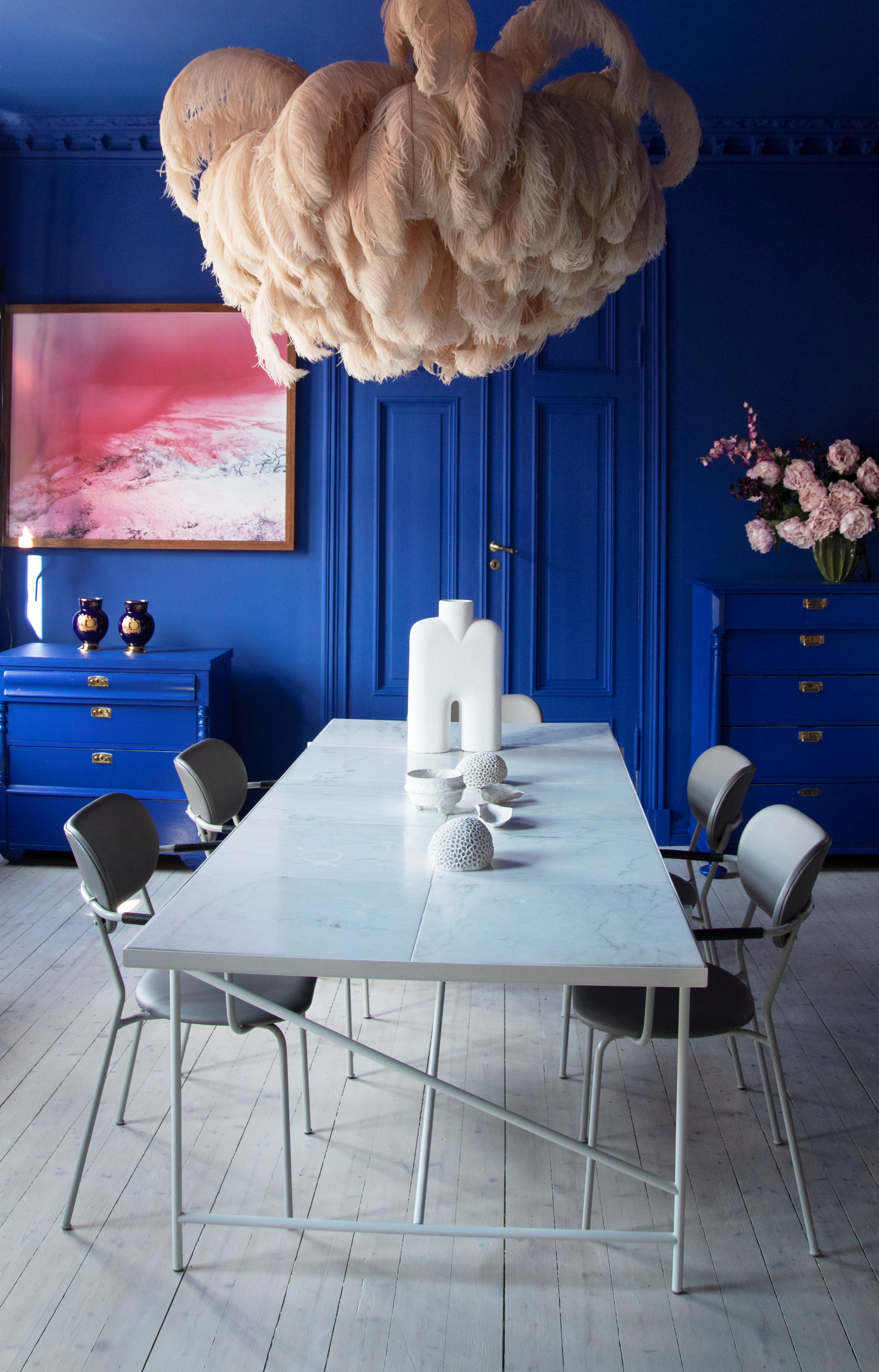
Dark colors tend to absorb light, thereby giving a space a sense of depth, and endlessness. This is one of the most commonly used design tricks. Think of those small jazz bars or speakeasies you've visited around Europe, with black or deep charcoal walls. The rooms may have been small but did you feel you were trapped inside a small, cramped space?
When thinking of dining room wall colors, consider color-drenching the space in deep hues for a sense of expanse. Also, of note is that deep colors have a soothing effect on the mind, almost making you feel cocooned, enveloped inside.
'It is a well-known fact that lighter walls can make a room feel brighter and airier which often translates to spaciousness,' says Reena Sotropa, founder of Reena Sotropa In house Design Group. 'But it is also true that dark colors read as receding from the viewer. This trick of the light can be used to visually expand a space. The dramatic contrast between the dark walls and windows maximizing natural light can fool the eye into perceiving the entire elevation as a light source.'
White Feather Chandelier, Amazon
This white feather chandelier pendant light is available in several bulb colors and can create a cozy feeling in any room. Ideal for the dining, living and bedroom.
3. Consider furniture with sleek, clean lines
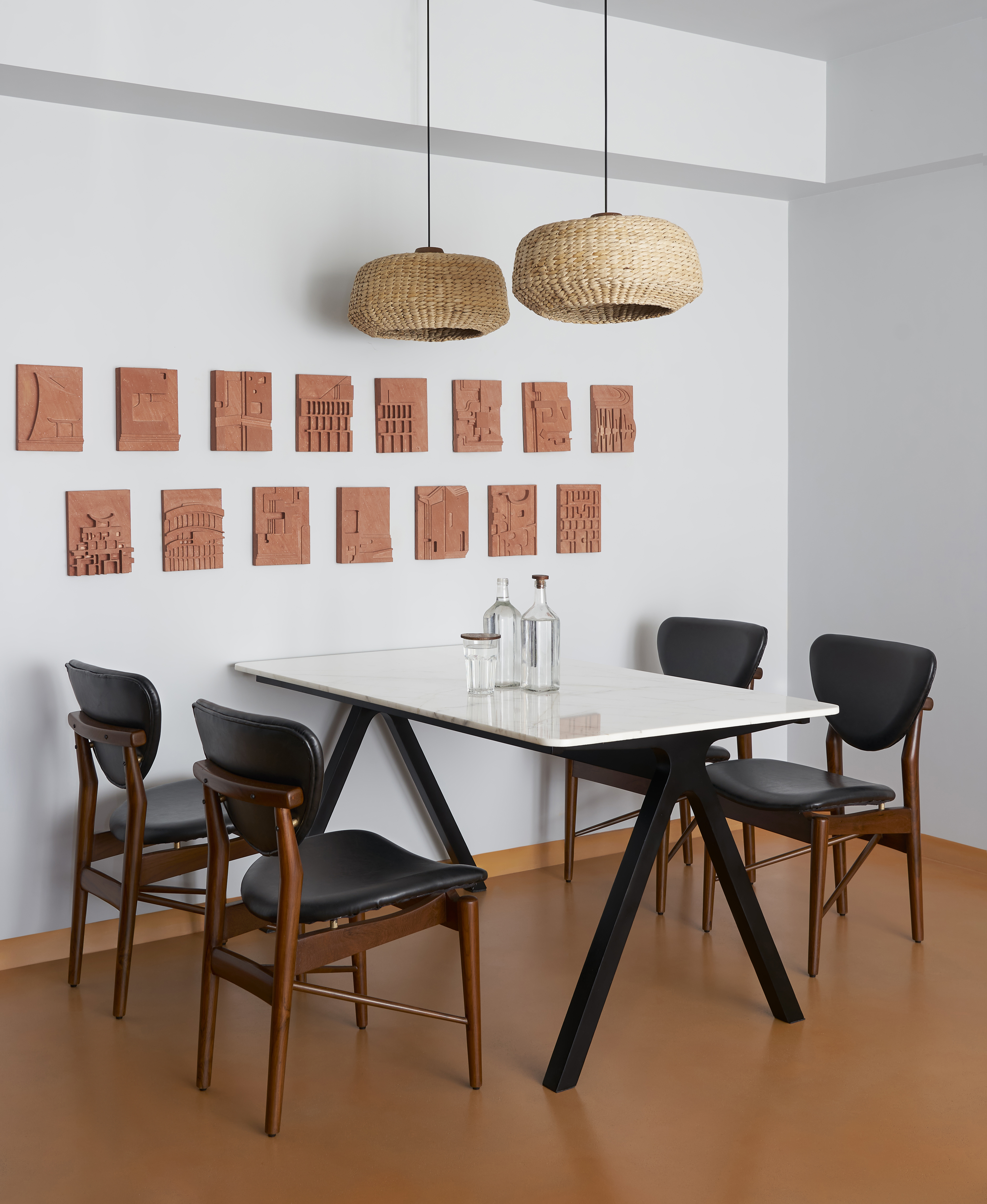
Not only does furnishing your dining room with clean, sleek furniture make it seem like an elegant, welcoming space, it also reduces the visual clutter in the room. Plus, smarter, cleaner furniture profiles are a big dining table trend at the moment.
'This may seem like a no-brainer but selecting a table with clean lines, simple dining chairs with a small footprint and keeping decorative accessories to a minimum can go a long way in creating the illusion of space in your dining room,' says Reena. 'When light is not being blocked by elaborate large scale pieces and overstuffed upholstery it can travel easily through the room tricking the eye into perceiving more space than there actually is.'
4. Go for a circular dining table
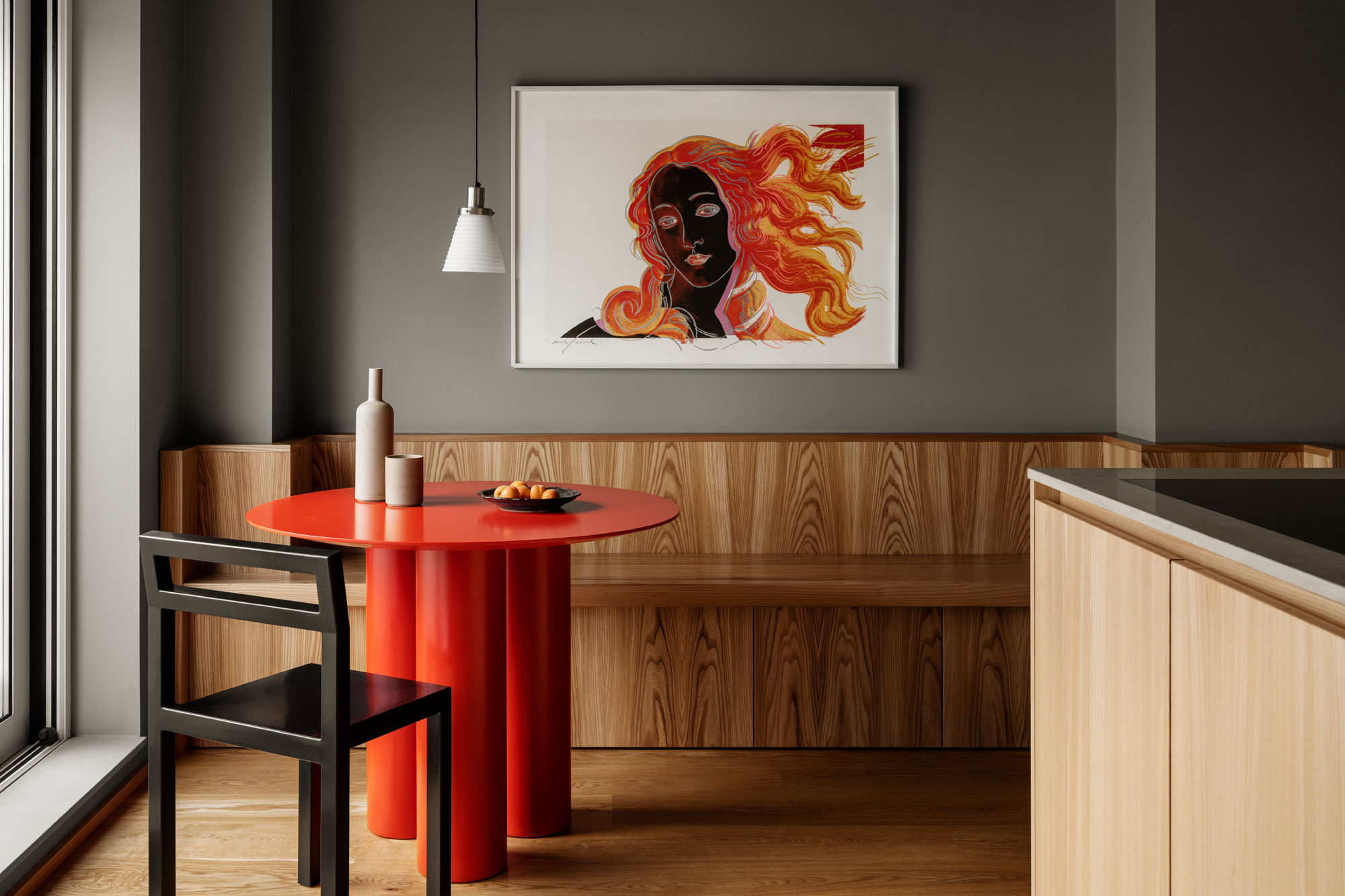
'The dining table can have the biggest impact in the room,' says Jennifer J Morris, founder of JMorris. 'A table that is oval or circular in shape will give extra room and air flow/movement around the table. If you choose a table with a pedestal base, it will make the room seem lighter. A pedestal table also allows seating be flexible, with more people being able to sit around it.'
A dining room with a round table also gives off a luxury dining room feel that's perfect for entertaining, as people can gather around it for conversations, snacks and more, without having to settle down. Go for a piece that is lightweight, as it can be used around in the house for other purposes as well.
5. Have open back chairs
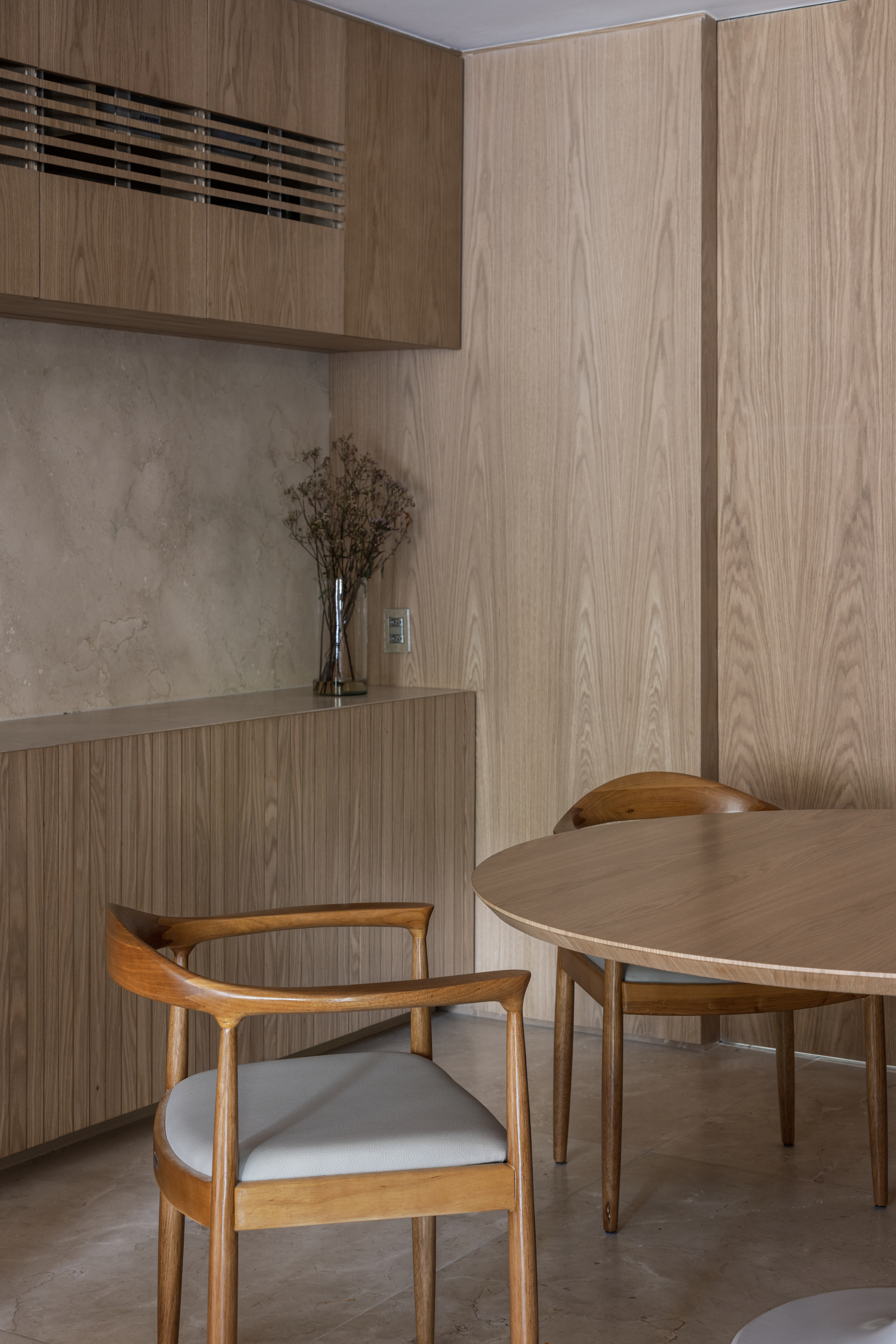
Keeping long, unobstructed sightlines in the room is another great way to make the dining room feel large and airy. While designing a dining room, choose pieces that aren't made of heavy materials, else they will make the room seem bulky.
You might not realize this but the profile of the chairs can have a significant impact on how the space looks and feels.
'Keep the chairs light; perhaps open backs on the chairs that are not too high above the table would be ideal,' says Jennifer. 'Keeping chair legs and console chairs thin can give the light feeling.'
6. Draw the eyes up with pendant lights
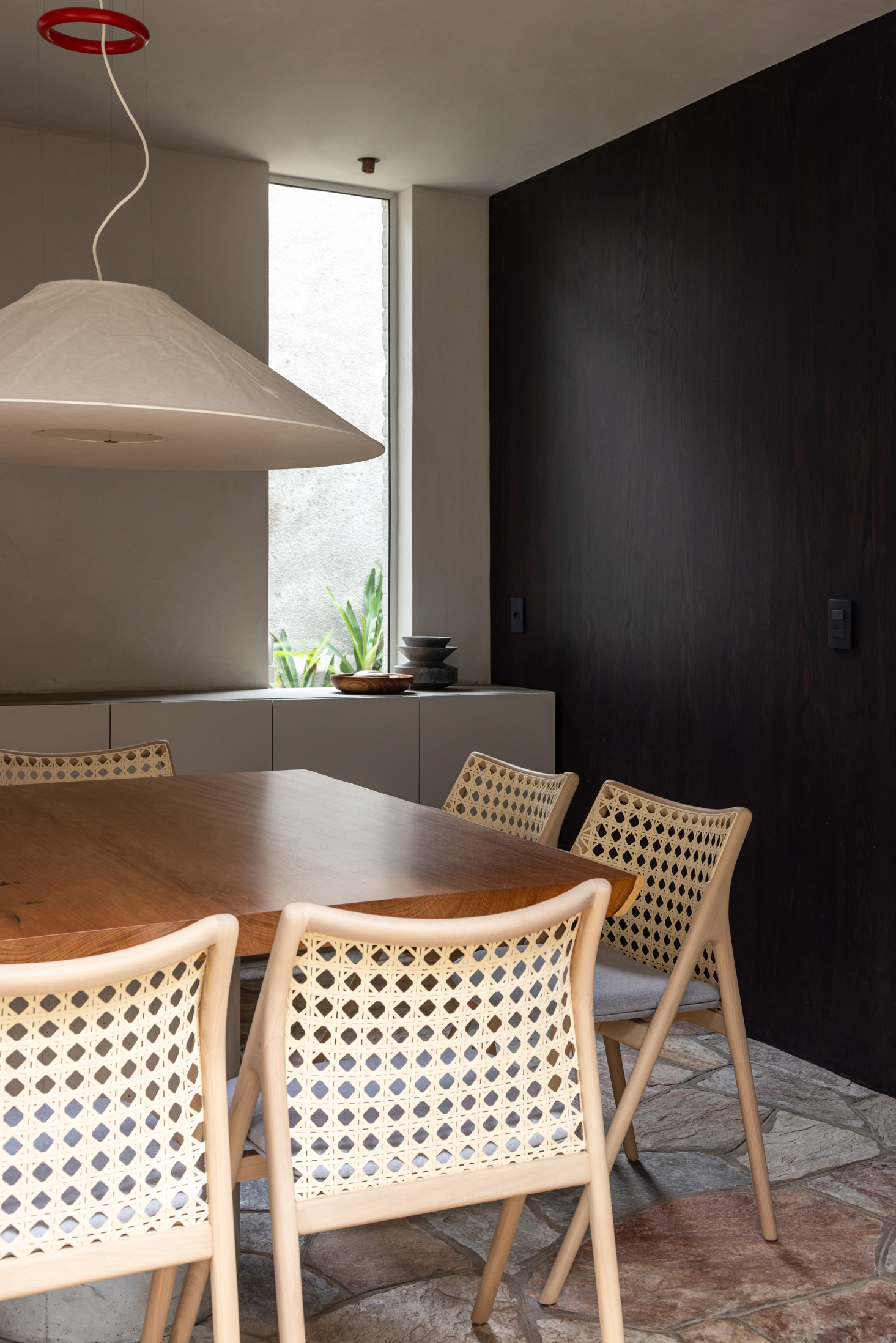
'Understanding how the room is lit when it's night or a gloomy day outside is important when designing the dining room lighting scheme,' say interior designers Jen and Mar of Interior Fox. 'Spots with dimmers are always great, if the room is small but if it has tall ceilings try drawing the eye up with a pendant light. If the room is narrow try adding wall lights.'
One way to make the space seem cozy and inviting is by hanging the pendant light low. Also, go for warm yellow lights, as these will reduce any shadows and create a feeling of cocooning. Make sure you choose the right lumens so that the heat emitting from the pendant doesn't make sitting under it uncomfortable.
7. Opt for built-in seating
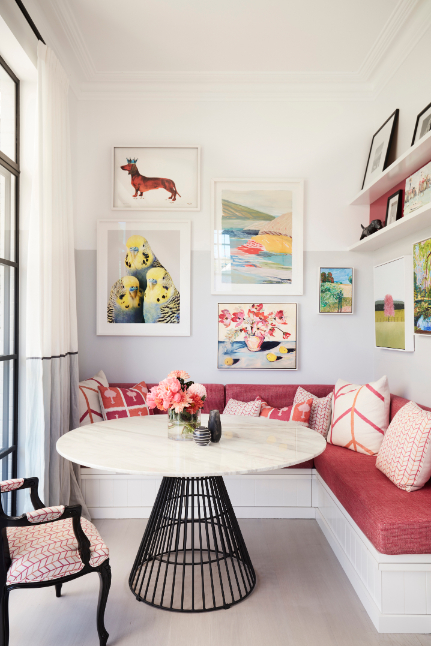
'To make the most efficient use of your dining space, incorporate banquette seating on one side,' says Reena. 'A free-standing dining bench or built-in banquette can be banked against the wall eliminating half of the circulation space that would normally be required in a more conventional centered furniture arrangement. This 'found' space can make room for a larger table or simply create the illusion of a larger dining room.'
Banquette seating also creates a more casual and relaxed vibe in the home. Plus, if you socialize a lot, this is a great space for guests to gather for drinks or even help you with the cooking. Choose vibrant seats and create a fun gallery wall to give it a personal touch.
8. Create a focal point
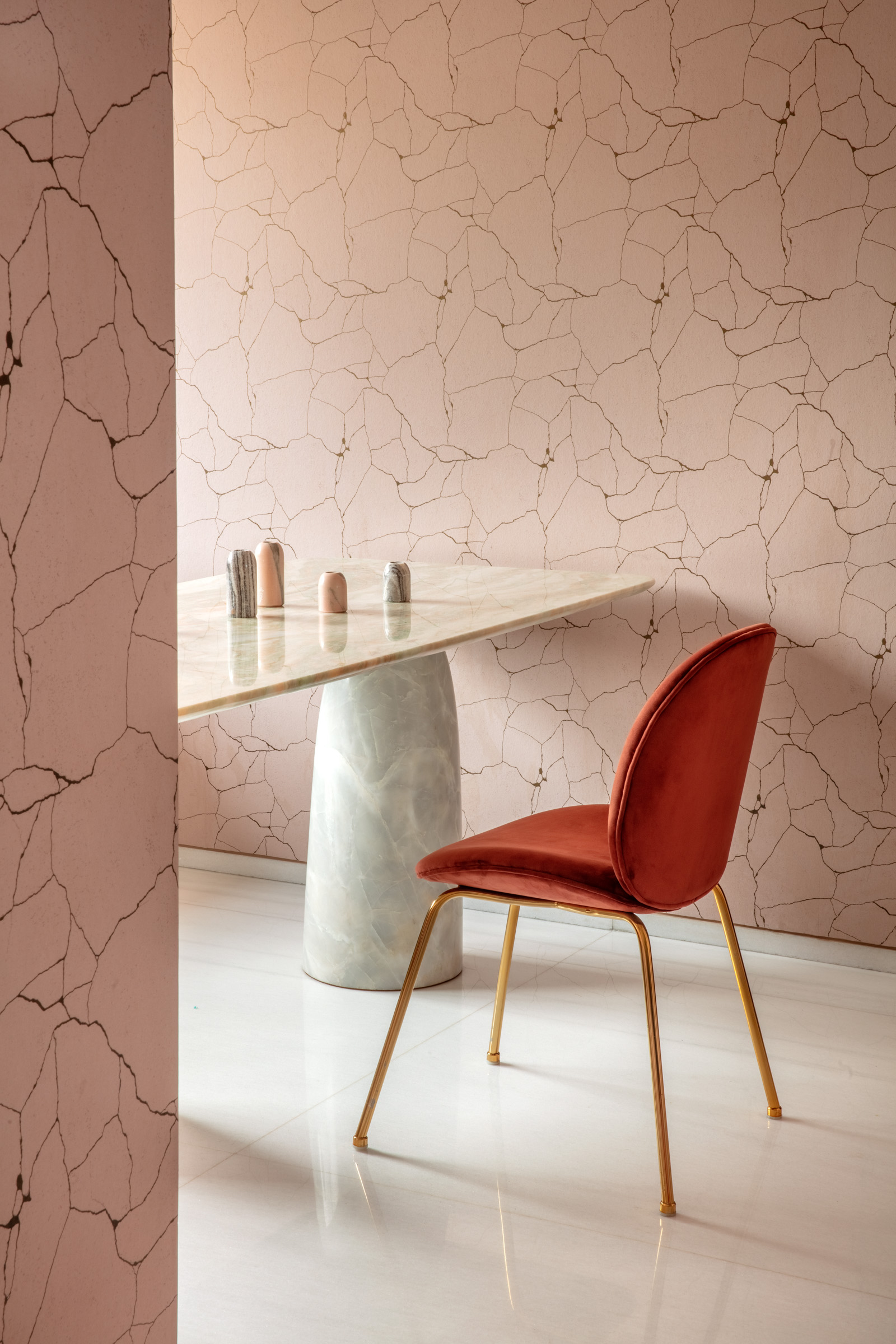
A great way to add personality to a small space is with the trick of distraction. Have one eye-catching element in the room that is so beautiful or overpowering, that it draws attention of the guests and dwellers, making them forget the dimensions of the room.
Take this space designed by Ravi Vazirani for instance, where the pink stone-pattern wallpaper creates a wonderful, jewel-box like feel to the room.
'I would create focal points past the table, like art with sconces or a wow dining room wallpaper that becomes the focus so no one misses this staple piece,' say Jen and Mar.
9. Add a large area rug

An oversized dining room rug is a great idea, because not only does it add color, texture and style to a space, it can also create the illusion of boosted dimensions.
An area rug can accentuate different areas and create zones or ‘rooms in the room’, making the dining space feel like a personality-filled, functional space. If you choose a design that is large, that extends beyond the boundaries of the furniture, you can create the illusion of a larger space.
10. Increase the visual dimensions with low seating
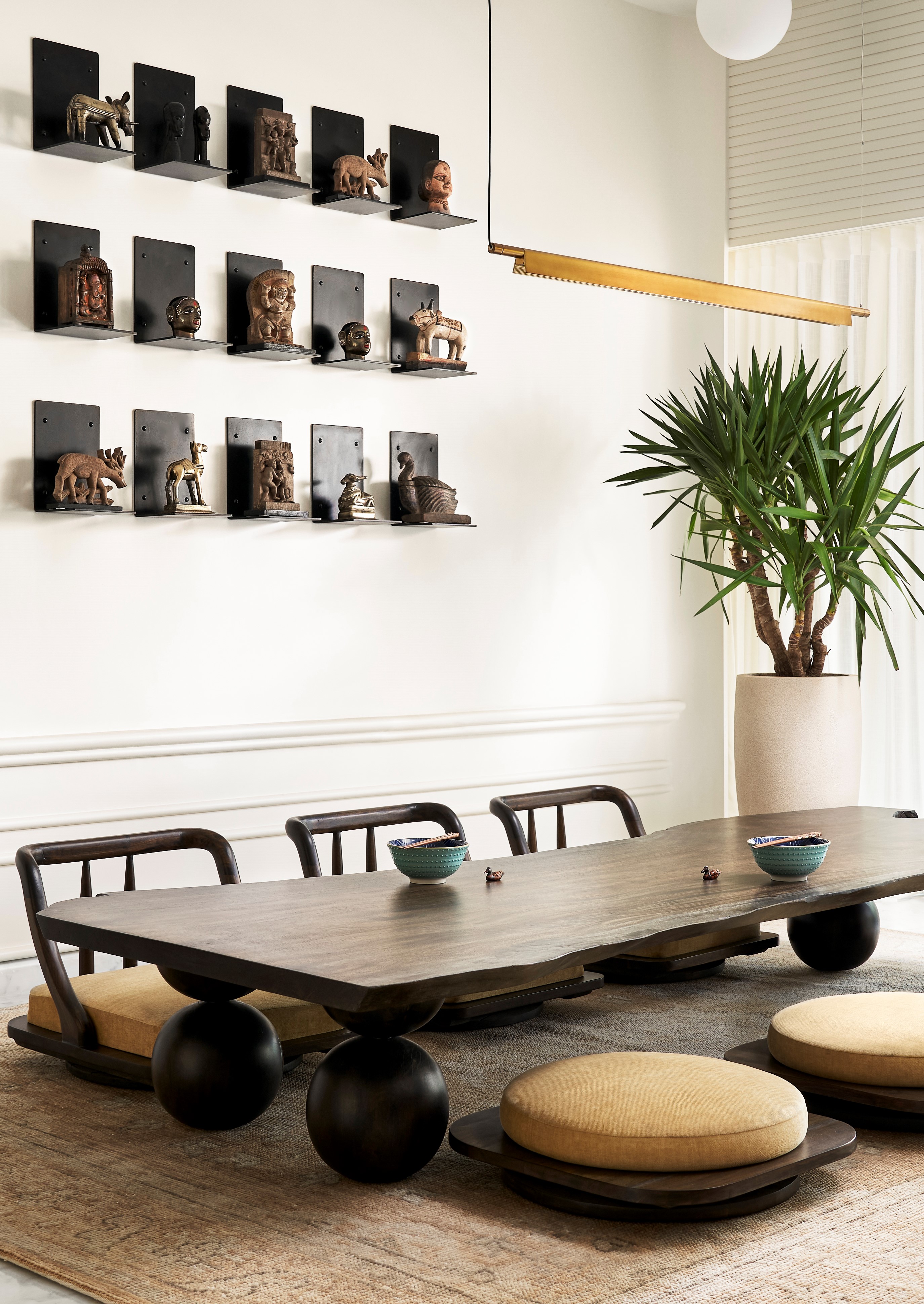
For something a little different, why not opt for a low dining table in a small space? 'Traditionally Asians are accustomed to sitting on the floor and eating,' says architect Shiraz Jamali. 'It’s also considered healthy, and with all things old making a huge come back, we decided to built this low dining table for our client. Not only does it look great but also opens up the space and makes the room feel more open and airy. The rustic live edge wooden table is juxtaposed with the unusual carved wooden balls for legs creating an interesting blend of styles.'
What colors make a dining room look bigger and brighter?

Quite naturally, one would gravitate towards a white, to make a small dining room look and feel bigger. It's no secret that light colors make a room look airier and larger. Eggshell or satin finishes will help reflect the light, creating the appearance of even more space. When selecting the best white paint, remember to not go with a cool white, as it might make the room feel stark and cold.
If you aren't willing to go entirely white, but prefer a little bit of color then a light taupe or greige can make a space feel large and elegant. These hues can help bounce light from one wall to another, and add warmth that a plain white might not.
A blush pink too can brighten up a small room and make it feel cheery and and smart. This hue is also a great complement to woods and metals, adding a luxe touch to the room.
Be The First To Know
The Livingetc newsletters are your inside source for what’s shaping interiors now - and what’s next. Discover trend forecasts, smart style ideas, and curated shopping inspiration that brings design to life. Subscribe today and stay ahead of the curve.

Aditi Sharma Maheshwari started her career at The Address (The Times of India), a tabloid on interiors and art. She wrote profiles of Indian artists, designers, and architects, and covered inspiring houses and commercial properties. After four years, she moved to ELLE DECOR as a senior features writer, where she contributed to the magazine and website, and also worked alongside the events team on India Design ID — the brand’s 10-day, annual design show. She wrote across topics: from designer interviews, and house tours, to new product launches, shopping pages, and reviews. After three years, she was hired as the senior editor at Houzz. The website content focused on practical advice on decorating the home and making design feel more approachable. She created fresh series on budget buys, design hacks, and DIYs, all backed with expert advice. Equipped with sizable knowledge of the industry and with a good network, she moved to Architectural Digest (Conde Nast) as the digital editor. The publication's focus was on high-end design, and her content highlighted A-listers, starchitects, and high-concept products, all customized for an audience that loves and invests in luxury. After a two-year stint, she moved to the UK and was hired at Livingetc as a design editor. She now freelances for a variety of interiors publications.
-
 Turns Out the Coolest New Café is Actually In Your Kitchen — Here's How to Steal the Style of TikTok's Latest Trend
Turns Out the Coolest New Café is Actually In Your Kitchen — Here's How to Steal the Style of TikTok's Latest TrendGoodbye, over-priced lattes. Hello, home-brewed coffee with friends. TikTok's 'Home Cafe' trend brings stylish cafe culture into the comfort of your own home
By Devin Toolen Published
-
 5 Bathroom Layouts That Look Dated in 2025 — Plus the Alternatives Designers Use Instead for a More Contemporary Space
5 Bathroom Layouts That Look Dated in 2025 — Plus the Alternatives Designers Use Instead for a More Contemporary SpaceFor a bathroom that feels in line with the times, avoid these layouts and be more intentional with the placement and positioning of your features and fixtures
By Lilith Hudson Published
